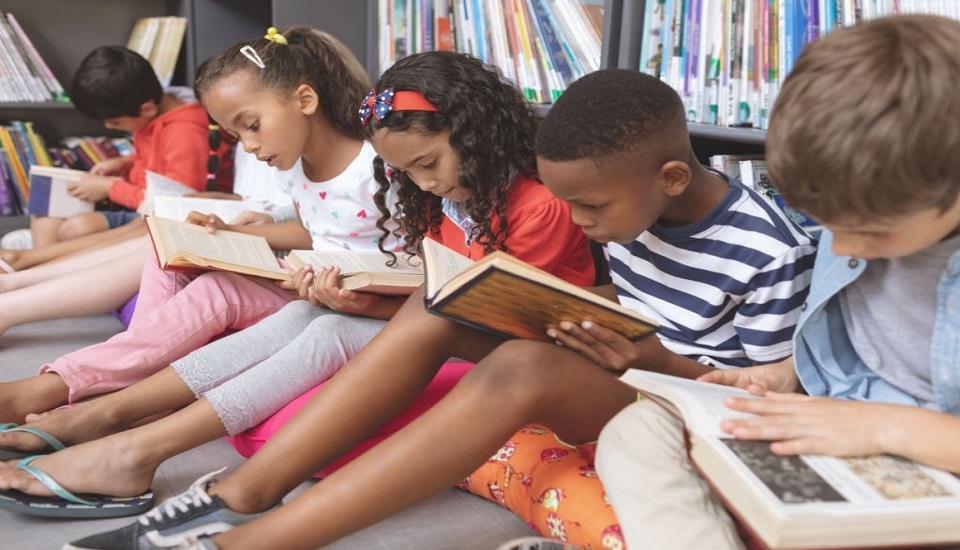Reading is an important skill for life. In many ways independent reading allows learners to expand their minds, form a new perspective of self as well as their surroundings. A teacher's role is to engage and motivate students to read and take on a reading identity. And to do that both students' freedom to choose and a positive classroom environment must be presented to them to make reading an authentic experience. Furthermore, teachers also need to know about the learners’ interests to provide them with the opportunity and guidance of appropriate and meaningful texts.
What is Independent Reading?
In independent reading, students read books of their choice within a sustained period of time. Once done the teacher then engages learners in brief discussions to share their thoughts and increase their competencies to support their perspective. Over time, students can develop their taste of reading and preference while they enjoy full control of the reading process.
Now before we dive deep, let us first know what is reading identity?
Reading identity is formed over time and is associated with how capable a learner believes they are at comprehending texts and the value placed on the reading. Reading identity in a classroom is a way of exploring how the young readers are finding themselves in reading are they enjoying it or not. To develop meaningful reader identity, teachers can emphasize students’ opportunity to self-reflecting, discussing and also set goals to express their ideas thoughtfully. In other words, it requires an inquiry into a student’s understanding of both who they are as a reader and why they read. Making it a point to set a reading habit in teaching that is outside the school is what creates lifelong readers.
How teachers can guide learners to develop a love for learning?
Creating a positive classroom environment
The classroom environment is space that can emphasize reading beyond classroom activities to help students form an identity as a reader. Although every learner may or may not enjoy reading, the teacher can make a positive learning environment with access to books in the classroom, and when children can be motivated to develop the curiosity for reading, a lot of the time young readers can become more self-aware. For starters, group readings can be the easiest way to drive students in reading books that they are interested in. while doing that teacher can support the group just by being present and only helping them when they need it.
The freedom to self-select
The truth about reading habits is that learners need to know they feel free to select the books. It can be the case every learner may not enjoy reading the same books. To avoid negative reader identity, the freedom of choice is integral. Choice also allows the reader to be engaged and motivated to read the entire book. The practice of choice in the classroom can be well-supported motivational practice when students have the opportunity to choose their own texts and also the partners with whom they work. It allows them to be more involved in the learning process.
Final Words
Independent reading offers learners the opportunity to develop their identify as readers, by giving them the space to read, enjoy and interact with the written texts and thus a possible chance to become a reader lifelong. Certificate Course in Classroom Material Development can enhance the understanding of how to emphasize independent reading. By creating an inviting, safe classroom environment allows young readers an opportunity to explore themselves, encourages them to approach literature slowly, and let reading be a meaningful part of learners' lives. Additionally, choice offers ample time for independent reading to respond to their reading and make sense of what they have read. And overall, learners' love for learning can be motivated when we embed reading in organic situations.
Written By : Sonal Agrawal








